
In recent years, the presence of microplastics in human environments has become an increasingly concerning topic, extending its reach to the very beginnings of human life. Originally detected in four human placentas, the discovery marked the commencement of a troubling trend. Fast forward to the beginning of 2023, and the narrative deepened with findings of microplastics in 17 placentas. A subsequent study in Hawai'i, analyzing donated placentas from 2006 to 2021, underscored a significant rise in plastic contamination over time.
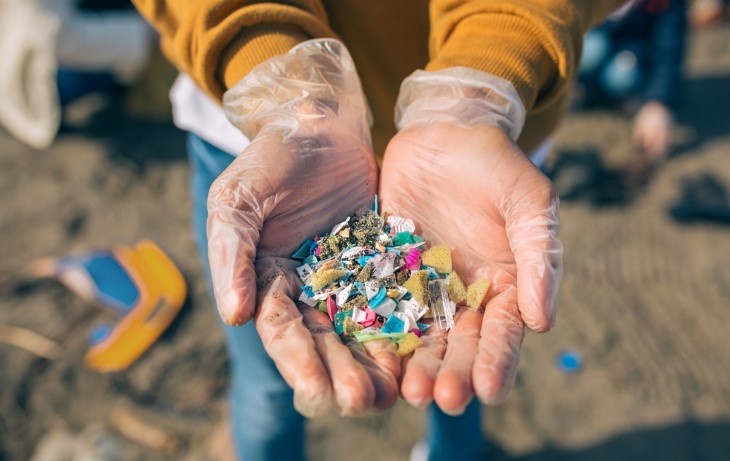
Now, researchers have analyzed an even larger sample, and guess what? Every. Single. Placenta. contained plastic.
Researchers employed a novel technique to scrutinize the largest collection of placenta samples to date, uncovering minuscule plastic particles and fibers in all 62 tissue samples examined. These microplastics varied in concentration significantly, ranging from 6.5 to 685 micrograms per gram of tissue—a level surpassing those found in human blood.
The full implications of this contamination for both fetal and maternal health remain unclear. Although studies on mice have identified microplastics in every major organ, including the brain, the permanence and potential health threats of these pollutants in humans are still under investigation.
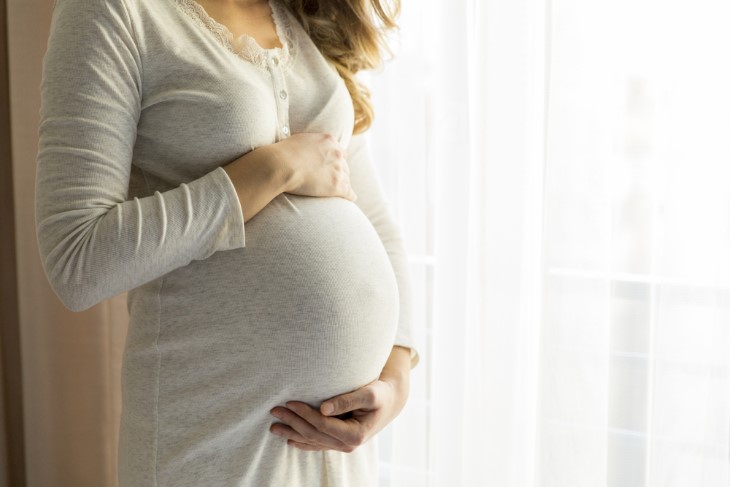
In other words, the scary part is that we have no idea what this means for babies or mothers. Microplastics are turning up in major organs of animals, even the brain! What if they build up in our bodies over time? It's clear that microplastic pollution is only getting worse, and that means more of it will end up in placentas.
"The more plastic there is, the more worried we should be," says biologist Matthew Campen. He's right – this could affect every mammal on Earth, and that's a truly terrifying thought.
As the prevalence of environmental plastic pollution escalates, so too does the risk of placenta contamination, given the increasing inhalation and ingestion of plastics by humans. The sentiment, "dose makes the poison," shared by biologist Matthew Campen from the University of New Mexico, highlights the growing concern over the potential health impacts as exposure levels rise. This scenario suggests a broader ecological concern, indicating that the effects of plastic pollution could extend across mammalian life on Earth.

Advancing the method of microplastic detection has been a pivotal area of research, aiming to quantify the mass of these pollutants and identify their specific types of plastic. This effort is crucial for assessing their health impacts. A breakthrough technique now allows for a high-resolution examination of plastics in human blood and tissue. It involves separating biological materials from plastic solids and analyzing the polymers to pinpoint their specific compounds.
We still have a lot of unanswered questions. What makes some placentas have way more plastic than others? Can these tiny particles even get from the placenta to the baby? More studies are urgently needed, because one thing's for sure – this pollution problem isn't going away on its own.

Lower Your Blood Pressure Naturally by Eating Watermelon
Watermelon is not only refreshing and delicious on a warm day - it has also been linked to lowering blood pressure levels.

The Link Between Excessive TV Watching & Cognitive Decline
Three recent studies find that the more TV you watch in your 40s to 60s, the greater your risk of brain health issues later in life. What can you do about it?
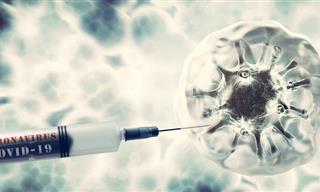
COVID Survivors May Have Protective Immunity for 8 Months
A new study has claimed that COVID-19 survivors may have protective immunity for at least 8 months.

This Study Shows Where People Need to Be Touched
Touching is vital for human development in children, and it's also vital for the strength of familial and romantic relationships. Learn more here.
 6:14
6:14
What (Non-Psychedelic) Mushrooms Can Do for Your Brain
Lion's mane mushrooms are memory-enhancing brain food! Learn the science behind them here.

Birds Might Have Conscious Experiences, New Studies Reveal
Two grounbraking studies of birds brain structure reveal that avian and mammal brains are more similar than we thought - birds might even be self consious!
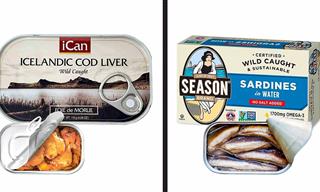 4:18
4:18
The MAIN Differences Between Fish Oil and Cod Liver Oil
Both cod liver and fish oils are healthy options. But which one is more suitable for your body?
 3:33
3:33
How Much Fruit is TOO Much for Your Health?
Fruits are healthy, but is there a thing as eating too much of them? Watch out for these signs.
 10:17
10:17
9 Things Your Fingernails Can Tell You About Your Health
This video delves into nine revealing aspects of your fingernails that could signal important information about your health.
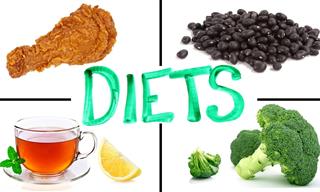 6:39
6:39
The Truth Behind the Most Popular Types of Diets
There are a lot of popular diets out there. But which one works the best?

This Tasty Drink Will Help You Shed Those Extra Pounds
If you struggle to lose weight, this healthy and tasty drink could be the answer to your prayers!
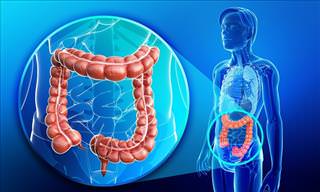
How to Treat an Obstruction in Your Stomach
Did you know that you can naturally treat gastric obstructions by adding to organic ingredients to your diet?
 16:41
16:41
20+ Surprising Things About Your Skin You Never Knew!
Watch dermatologist Dr. Muneeb Shah answer some important questions about skin and dermatology.

Is This New Drug a Revolution in Slowing Down Alzheimer's?
n the ongoing battle against Alzheimer's disease, a new development presents a beacon of hope.

Hemorrhoids: How to Treat Them the Natural Way
In this article you will find out what are the causes of the problem, what are its symptoms, how to alleviate it in natural ways as well as other ways to deal with its symptoms.

What You Should Drink After a Meal for Better Digestion
What should we drink after a meal for better digestion?
 5:04
5:04
Important: The Dangers of Mixing Drugs Explained
What happens when we mix these drugs? Find out in this informative video.
 17:25
17:25
Chair Yoga: a Complete At Home Video Practice
This is a complete 17-minute beginner friendly yoga sequence suitable for all ages you can do on your chair.
 5:58
5:58
The Amazing Anti-Diabetic Tea You Never Knew About
Looking for a natural way to lower your blood sugar levels? Try this wonderful tea recipe.
 4:40
4:40
How the Location of Knee Pain Can Reveal Its Cause
Depending on where your knees hurt, you can sometimes tell what could be causing the pain.

8 Persistent Skincare Myths That Can Ruin Your Skin
This article is about harmful skincare myths that are way more common than they should be and how to replace them with a healthy skin habit
 11:29
11:29
Watch 20 Doctors Give Their Best Health Tip
20 top doctors, each an expert in a different medical field, all sharing one valuable health tip - packaged neatly into a single, convenient video

Remove Age Spots Easily with Two Simple Ingredients...
Got age spots? Here's how to remove them easily.

10 Surprising Reasons You’re Feeling Stressed Right Now
We think we know what makes us stressed, but there are a surprising number of minor daily activities stressing you out that you're not aware of...
 6:19
6:19
Is Your Keyboard Hurting Your Wrists? Here’s How to Fix It
Did you know that your keyboard can damage your wrists? This video shows how to use it safely and 3 exercises that to counteract the damage

7 Things Stress Does to Everybody, Without Exception
Stress is one of the biggest problems we have to deal with in modern life. Here are 7 recent conclusions about stress you should know about.

HOW MUCH Exercise Do I Need to Burn Off These Foods?
Before you go for that takeaway, you should see how much exercise you will need to do to burn off those calories. This chart will show you.
 11:17
11:17
Which Vitamin Deficiency Causes Bruises?
If you're getting bruises but can't recall taking a hit, maybe you're deficient in a certain vitamin. Learn the science here.

The Health Benefits of Waking Up to Lemon Water
Lemon water is nutritious, here is why you should drink water with lemon every day.
 12:14
12:14
What Drinking Whiskey Actually Does to Your Body
While we now know that whiskey isn't the cure-all medicine people once though it was, it does have a few proven health benefits.

This Infograph Gives Terrific Info on Fruits and Veggies
This chart should be printed and hanged in every kitchen in the world.

6 Important Warnings About Using Essential Oils
You are invited to find out which factors affect the safety of essential oils and six side effects you should watch out for.
 10:40
10:40
Instant Back Pain Relief - How to Decompress the Spine
These spinal decompression exercises will help you relieve the pain, stiffness, and pressure throughout the entire spine almost instantly.
 5:03
5:03
Is a Diet High in Fiber an Effective Anti-Inflammatory?
Fiber is an essential part of our diet, for more reasons than just bowel movement.

Say Goodbye to Your Double Chin with These 5 Exercises
These 5 exercises will help give your chin a tighter, younger, and healthier look, and eventually to help you get rid of a double chin all together.
 13:10
13:10
Relieve Pain in the Feet and Heels in Just a Few Minutes!
Do you experience frequent pain at the bottom of the feet? If so, check out these simple exercises for instant relief!

Make Your Dry Cough Disappear With These Handy Tips
A dry cough can be incredibly unpleasant and annoying, but you don't have to suffer for days on end until it clears. Here are 5 tips for getting rid of one.
 3:07
3:07
If You're Not Using Sunscreen, After This Video You Will
This fantastic video shows you how your skin looks in UV light, revealing future sun-damage to it.
 7:19
7:19
Doctors Explain: 2 Powerful Tools in Dealing With Anxiety
A renowned doctor equips you with not one, but two phenomenal tools to effectively manage and control your stress.
 9:44
9:44
Every Senior Must Do These Simple Seated Exercises
Seniors will find this video extremely helpful.
 5:26
5:26
WARNING: Who Shouldn't Consume Turmeric? Find Out Here
Discover more about who shouldn't consume turmeric or curcumin in this video:
 5:03
5:03
The Secret to Flexible Muscles: How Stretching Works
Discover the actual effects of stretching on your muscles and learn ways to enhance your flexibility.

Alleviate Your Sciatica Symptoms Using 6 Simple Exercises
Sciatica can be horrendously painful, but there are numerous exercises you can do in order to alleviate your symptoms. Try the 6 I'm about to show you.
 5:06
5:06
Here's a Fast Technique to Put You to Sleep In 1 Minute
Struggling to fall asleep at night? Here’s a super exercise that might make you doze off in just 60 seconds.
 5:45
5:45
Memory Not Working? The Answer May Be Hiding in Your Sleep
If you want to remember better, this lecture will tell you - The answer is in your sleep.

Are You at Risk for "Building Sickness"?
Have you heard of "building sickness"? Because you may have had it.
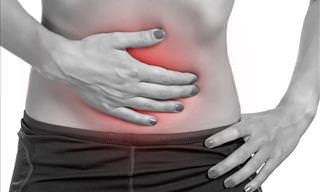 4:46
4:46
What You Should & Shouldn't Eat With a Stomach Ache
Not sure what you should and shouldn't eat with an upset stomach? This video has all the answers!


